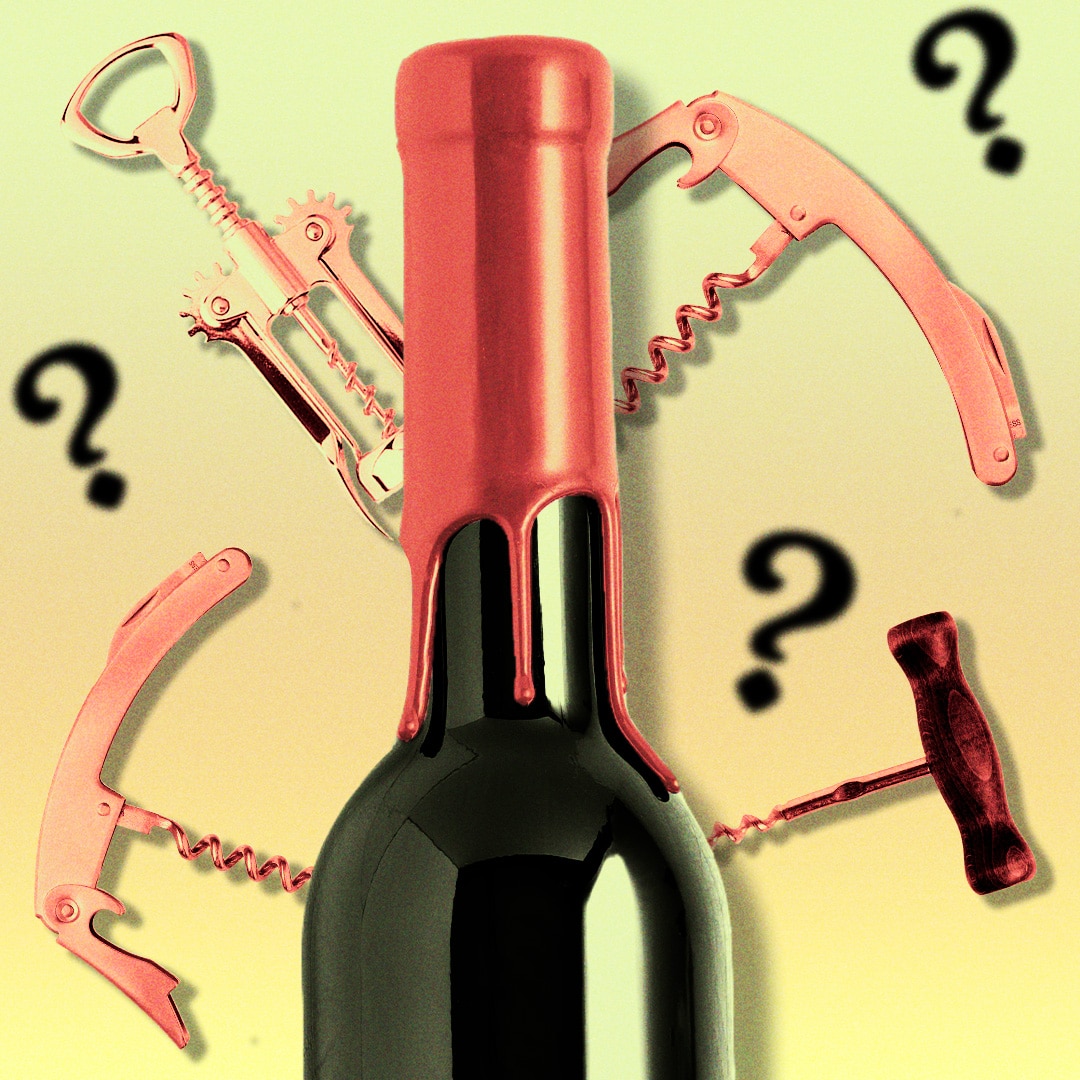Wax-seal caps: effortlessly elegant, yet seriously intimidating. Sure, wines with that sophisticated drip of wax have an undeniable aesthetic appeal. But when you buy a bottle to impress, the last thing you want to do is get caught not knowing how to open it.
We have all tried to hack away at a wax seal with a knife to no avail. The process can be both frustrating and messy, especially if you go in without a strategy. That’s why we asked Michael Tran, wine director at New York-based Michelin-starred tasting menu spot 63 Clinton, to share how he approaches even the toughest of wax closures.
First thing’s first: Why do some producers ditch classic foil for a confusing wax cap? Does the look mean the wine is more expensive, or is it just a gimmick to feign luxury? Tran suggests that the reasoning varies from producer to producer.
“The wax seal caps can give the impression that the wine is fancier, but that is not always the case,” Tran says. “They can be used to signify a certain level of quality. For example, Domaine Leflaive normally uses foil caps, but for their late releases, they eschew the foil cap in favor of the wax one. For other wineries, the wax cap is just something they do as a brand.”
It’s not always a purely stylistic decision, either. Tran mentions that the wax-seal cap can help with oxygen exchange, so it is a common choice among producers worried about long-term aging.
Whether you bought the wine for its quality or appearance, you still have to open it. How easy that is, it turns out, largely depends on the type of wax you’re dealing with. The wax used can differ from bottle to bottle, but producers typically choose a wax on the softer side. “If this is the case,” Tran says, “then you can just go straight through the wax with your corkscrew. If you open the wine as you normally would, the wax cap itself will cleanly pop off.”
While most wax seals should be this straightforward to remove, there are always some exceptions. One seal that comes to mind for Tran — which he admits even he used to struggle opening — is that of renowned Chablis producer Domaine Raveneau.
“The wax Domaine Raveneau uses is much harder than what you usually find on wine bottles,” he says, “It’s not pliable at all.” Tran’s advice for dealing with these and similar bottles is to use a lighter to safely heat the wax until it is a bit more malleable. You should then be able to get a corkscrew through the wax or slice it off.
See? There’s no reason to be worried about a bottle with a wax seal cap. And your reward? Delicious wine, without those little wax particles sneaking their way into your glass.


